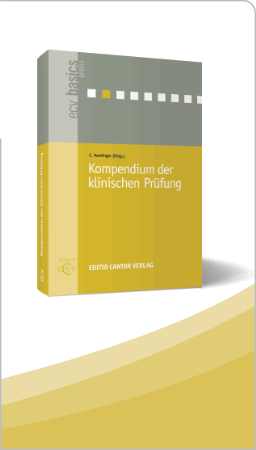Header
Ihr Suchergebnis
Sie recherchieren derzeit unangemeldet.Melden Sie sich an (Login) um den vollen Funktionsumfang der Datenbank nutzen zu können.
Sie suchen in allen Bereichen nach dem Autor Hühn E.
In der Rubrik Zeitschriften haben wir 2 Beiträge für Sie gefunden
-
In Vitro-In Vivo Correlations
Rubrik: Übersichten
(Treffer aus pharmind, Nr. 02, Seite 312 (2013))
In Vitro-In Vivo Correlations / General principles and methodologies, regulatory aspects and applications (Part 2)*Part 1 see Pharm. Ind. 2013;75(1):143–152 · Hühn E, Langguth P · Institute of Pharmacy and Biochemistry, Pharmaceutical Technology and Biopharmaceutics, Johannes Gutenberg University, Mainz, Germany
Mass balance methods are the oldest methods to determine the fraction of dose absorbed. They are model dependent, relatively comprehensible and for this reason still frequently used. Mass balance methods are based on the following assumption: Amount of drug absorbed = amount of drug in body + amount of drug eliminated. This means that drug which has been absorbed must either still be in the body or has been eliminated. Wagner-Nelson The Wagner-Nelson method [ 22 ] is suitable for drugs which can be described by the one-compartment model. F t = cumulative fraction of drug absorbed at time ...
-
In Vitro-In Vivo Correlations
Rubrik: Übersichten
(Treffer aus pharmind, Nr. 01, Seite 143 (2013))
In Vitro-In Vivo Correlations / General principles and methodologies, regulatory aspects and applications (Part 1) · Hühn E, Langguth P · Mainz, Germany
Absorption Convolution/deconvolution Dissolution/release In vitro-in vivo correlation The relevance of linking in vitro tests to the in vivo performance of pharmaceutical products has been more and more recognized by pharmaceutical scientists, industry and regulatory agencies over the last 15 years, reflecting the potential of the methodology in guiding and optimizing product development and serving as a surrogate for bioequivalence studies. First attempts in the field of in vitro?in vivo correlations (IVIVC) have been made in the late 1950s [ 1 ]. From that point onward comprehensive research has been done to model and predict the plasma concentration time profile of ...






